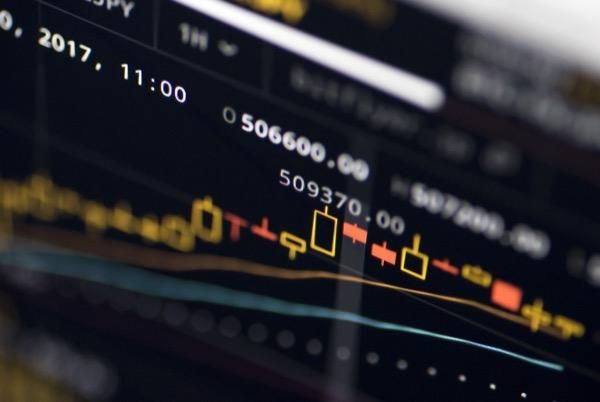Ahead of the game: September 4, 2023

US stock markets continued to rise after the Jackson Hole event as a weak set of economic information in the United States this week encouraged the belief that the Federal Reserve Bank (Fed) might cease its cycle of increasing interest rates.
The ASX 200 in Australia continued to rebound from its low point in August and ended the month with only a slight decrease of 1.42%. This recovery was triggered by a decrease in US bond yields, further actions taken by the Chinese government to stimulate the economy, and a consumer price index (CPI) report that indicated lower than anticipated inflation. These factors suggest that the Reserve Bank of Australia (RBA) will probably maintain the current interest rates of 4.10% at their upcoming board meeting.
RBA Decides Interest Rate
On Tuesday, September 5 at 2:30 pm Australian Eastern Standard Time (AEST)
During its August meeting, the RBA decided to maintain its cash rate at 4.10% for the second month in a row. This decision was made in order to evaluate the effects of previous rate increases totaling 400 basis points and to determine whether a stable equilibrium between supply and demand is being achieved.
In the announcement that came with the verdict, the RBA expressed a greater sense of ease regarding the inflation forecast. They acknowledged that although inflation is still deemed "uncomfortably high at 6%", recent data supports the idea that inflation will eventually fall within the desired range of 2-3% in the future. This projection, however, relies on the condition that productivity growth improves.
This week, the monthly CPI gauge displayed further advancement in curbing inflation. The main gauge of inflation increased by 4.9% in comparison to the same period last year, down from 5.4% in June. The primary measure of the monthly CPI gauge, the trimmed mean, went up to 5.6% in July as opposed to 6.0% in June.
This week's inflation rate turned out to be lower than anticipated, and at the same time, the unemployment rate increased to 3.7%. Additionally, wage growth remains modest, and it is predicted that next week, there will be a slowdown in GDP growth. Due to these factors, it is likely that the Reserve Bank of Australia (RBA) will maintain interest rates at 4.10% during September.
On Wednesday, September 6th at 11:30 am Australian Eastern Standard Time (AEST).
Australia's gross domestic product (GDP) experienced a 0.2% increase during the first three months of 2023, and a 2.3% increase compared to the same period last year. This marks the sixth consecutive quarterly rise in GDP, although it is the slowest growth rate seen since the period of lockdowns caused by the Delta variant of Covid-19 in the third quarter of 2021. The key factors driving this growth were the investments made by both private and public sectors in terms of capital formation.
In the upcoming quarter, it is predicted that the Gross Domestic Product (GDP) will rise by 0.4%, while the annual growth rate will increase by 1.8%. This would mark the most sluggish rate of expansion since the last quarter of 2020, when the Covid-induced lockdowns caused three successive periods of economic decline.
On the morning of September 7th, at midnight Australian Eastern Standard Time (AEST),
In the month of July, the ISM services PMI stayed in the area of growth at 52.7 for the seventh month in a row, but it dropped from the peak of 53.9 in June, which had been the highest in four months. Although the overall number decreased, the sub-index for prices paid rose to 56.8 from 54.1. Additionally, new orders remained fairly steady at 55.
In the current month, the market is anticipating a decrease in the headline figure to 52.4. Investors are eager to see a decrease in the prices paid element, as it would provide the Federal Reserve with the necessary room to prolong their pause beyond September.









































